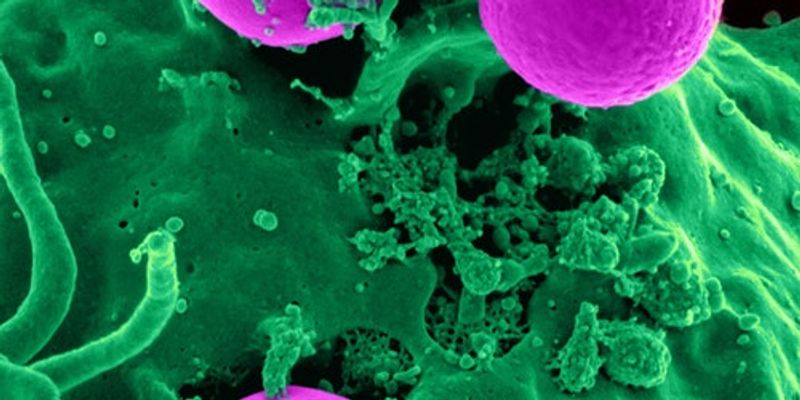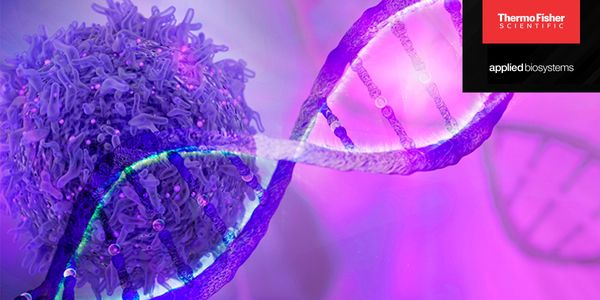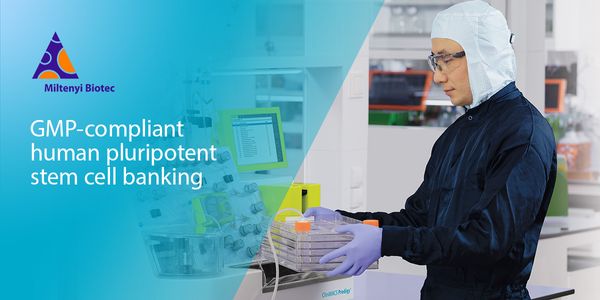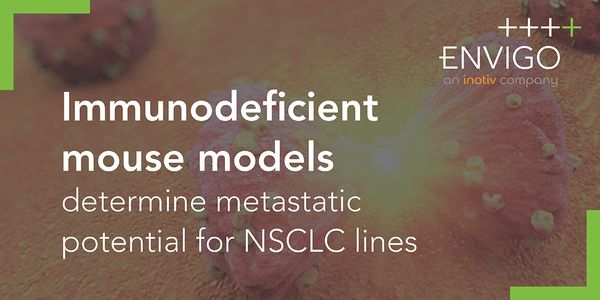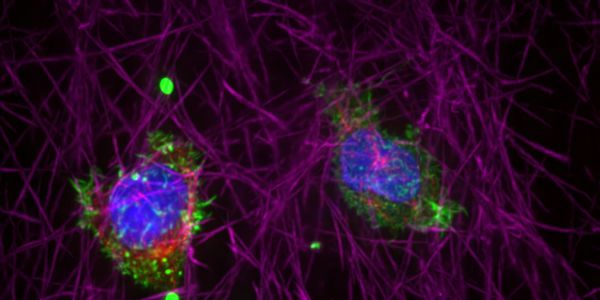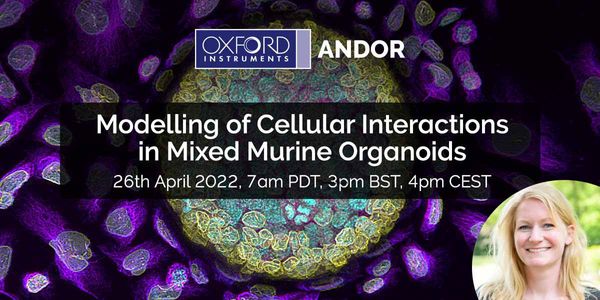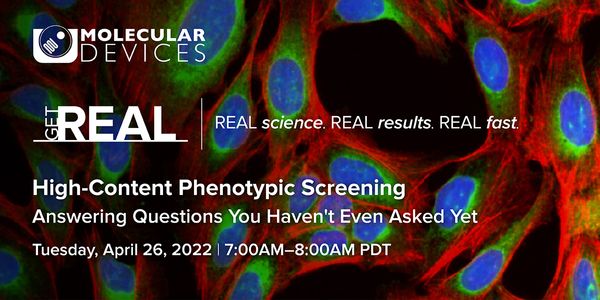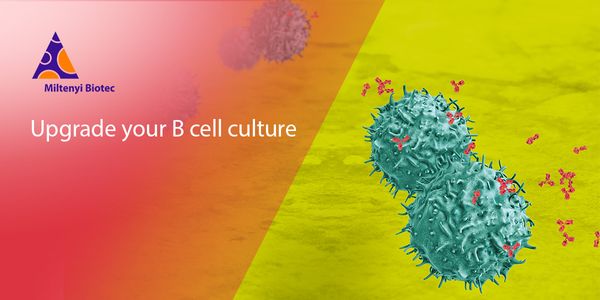Cell
Cell: is the smallest structural and functional unit of an organism, typically microscopic and consisting of cytoplasm and a nucleus enclosed in a membrane. Microscopic organisms typically consist of a single cell, which is either eukaryotic or prokaryotic.
-
MAY 03, 2022 | 8:00 AMCancer is a disease of the genome, and as such, tools that can analyze the genome are instrumental in understanding the mechanisms that lead to cancer, detecting cancerous cells, and providi...APR 28, 2022 | 8:00 AMDate: April 28, 2022 Time: 8:00am (PDT), 11:00am (EDT), 5:00pm (CEST) Human pluripotent stem cells (PSCs) and their derivatives hold great potentials in...APR 27, 2022 | 8:00 AMDate: April 27, 2022 Time: 8:00am (PDT), 11:00am (EDT), 5:00pm (CET) Join Mick D. Edmonds, PhD, Assistant Professor and Director, Genetic and Genomic Sciences Program at University of Alabam...APR 26, 2022 | 11:00 AMDate: April 26, 2022 Time: 11:00am (PDT), 2:00pm (EDT), 8:00pm (CEST) Balance between spatial resolution, temporal resolution, and sample viability is key to extracting more data from your i...APR 26, 2022 | 8:00 AMDate: April 26, 2022 Time: 8:00am (PDT), 11:00am (EDT), 5:00pm (CEST) C-C motif chemokine receptor-like 2 (CCRL2), is a non-signaling 7TM receptor, referred to as an atypical chemokine recep...APR 26, 2022 | 7:00 AMDate: April 26, 2022 Time: 7:00am (PDT), 10:00am (EDT), 4:00pm (CET) Cell competition is a mechanism of interaction that dictates cell selection based on differences in cellular fitness. We...APR 26, 2022 | 7:00 AMDate: April 19, 2022 Time: 7:00am (PDT), 10:00am (EDT), 4:00pm (CEST) High-content (HC) phenotypic profiling approaches are a powerful tool to study the effect of biological, genetic, and ch...APR 21, 2022 | 8:00 AMDate: April 21, 2022 Time: 8:00am (PDT), 11:00am (EDT), 6:00pm (CEST) Due to the low frequency of B cells in human peripheral blood, it can be difficult to obtain sufficient numbers of B cel...A hypoxic tumour microenvironment is a feature of solid tumours. Many tumour types contain high fractions of hypoxic tissue. The relationship between high levels of tumour hypoxia and a poor...
Rapid screening and speed of scale-up in protein therapeutics are critical factors in today’s biotech and pharma workflows. The ability to swiftly develop novel therapies often depends...
Speaker:
Steve Lewis
, Jeff Hou, PhD
APR 20, 2022 | 11:00 AM
Date: April 20, 2022 Time: 11:00am (PDT), 2:00pm (EDT), 8:00pm (CEST) As novel therapeutic modalities progress through development, improved analytical techniques are required to overcome co...
The COVID-19 pandemic has taken a dramatic toll worldwide. Its impact possibly has been the most palpable amongst uniquely vulnerable groups of patients, such as patients with a cancer diagn...
Follow us on a journey of single cell data exploration. See how you can Process, Analyze, Compare, and Contextualize, your results to identify novel biological relationships and drive new hy...
Speaker:
Jean-Noel Billaud, PhD
Regardless of method, single cell RNA-seq only captures a small fraction of the transcriptome of each cell. Often, this is due to inherent limitations of the methodology as reads ‘drop...
Speaker:
Dante DeAscanis
Loop-mediated isothermal amplification (LAMP) uses a stand-displacing DNA polymerase and four to six primers to rapidly amplify DNA at a single temperature. By eliminating temperature cyclin...
Speaker:
Ingrida Vendelė, PhD
, Leann Buhrow, PhD
Revolutionary sequencing technologies are enabling whole transcriptome profiling of tens to hundreds of thousands of single cells in parallel, in a single experiment. This has led to an expl...
Speaker:
Carina Emery
, Alina Steinbach
While early genetic diagnosis can guide critical care management, the turnaround time for whole genome based diagnostic testing is months. Recent programs in neonatal populations have reduce...
